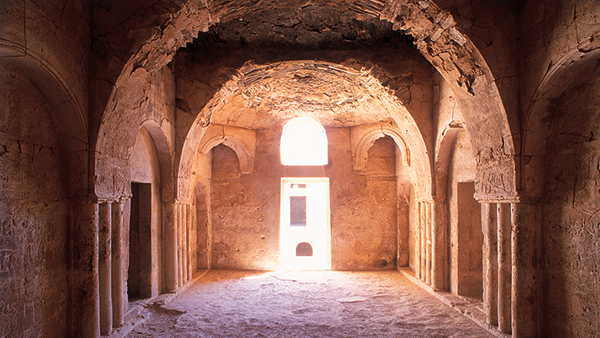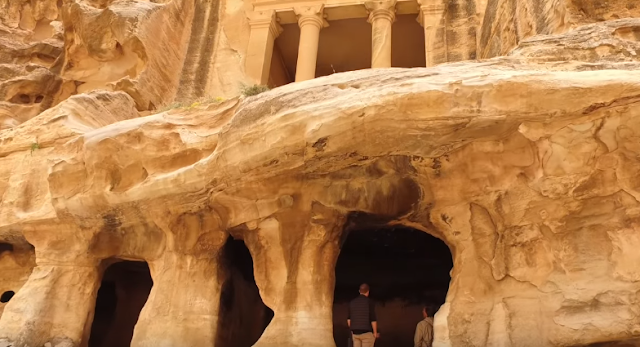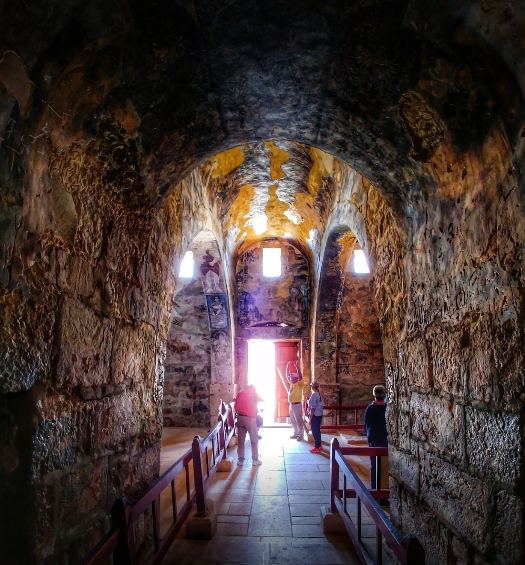WadiRum, Jordan A journey to Wadi Rum is a journey to another world. A vast, silent place, timeless and starkly beautiful... Wadi Rum is one of Jordan's main tourist attractions being one of the most stunning desertscape in the World, lying 320 km (199 miles) southwest of Amman, 120 km (75 miles) south of Petra, and only 68 km (42 miles) north of Aqaba. Uniquely shaped massive mountains rise vertically out of the pink desert sand, which separates one dark mass from another in a magnificent desert scenery of strange breathtaking beauty, with towering cliffs of weathered stone.. The faces of the sheer rock cliffs have been eroded by the wind into faces of men, animals, and monsters. Wadi Rum is probably best known because of its connection with the enigmatic British officer T.E. Lawrence, who was based here during the Great Arab Revolt of 1917-18, and as the setting for the film that carried his name "Lawrence of Arabia". Everywhere in this moonscape place ar





